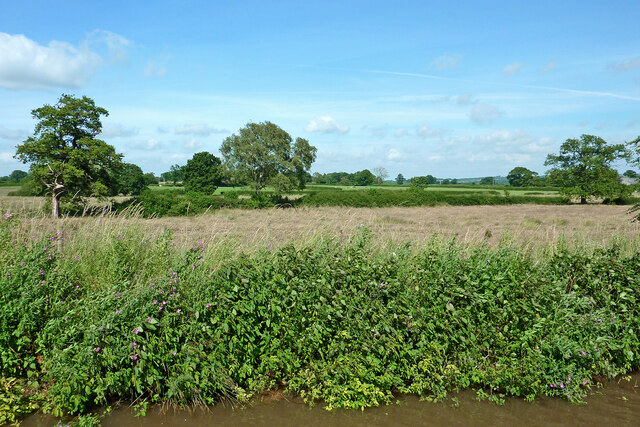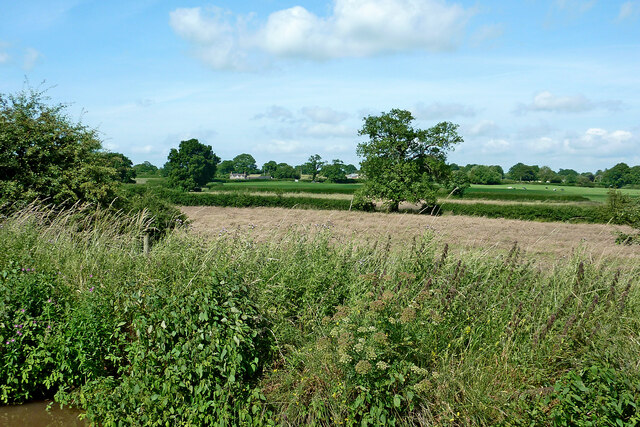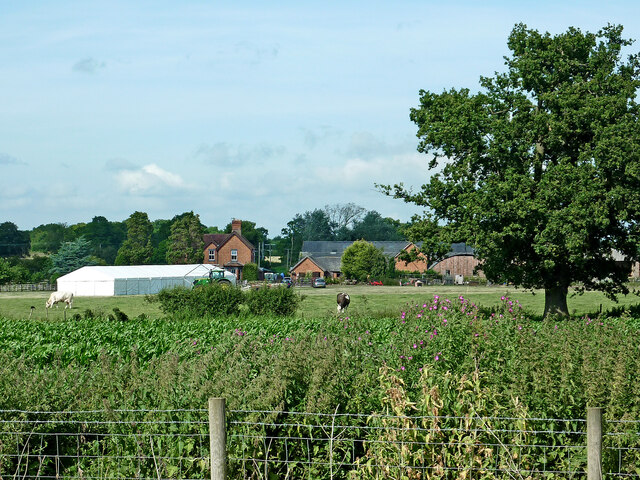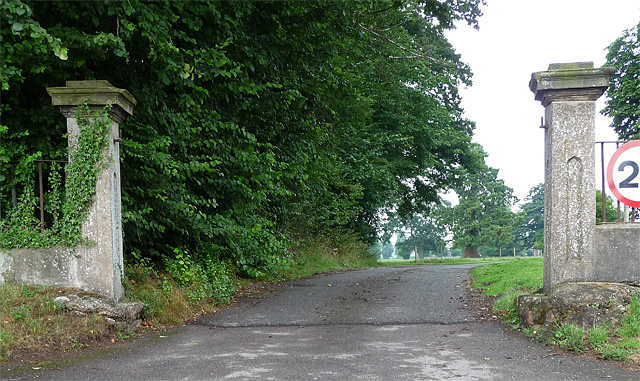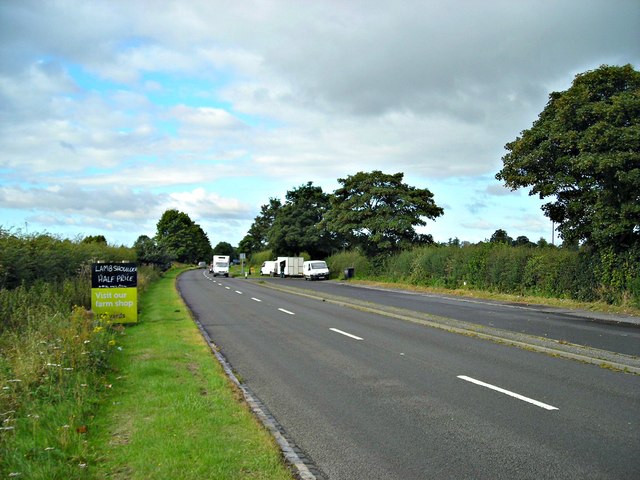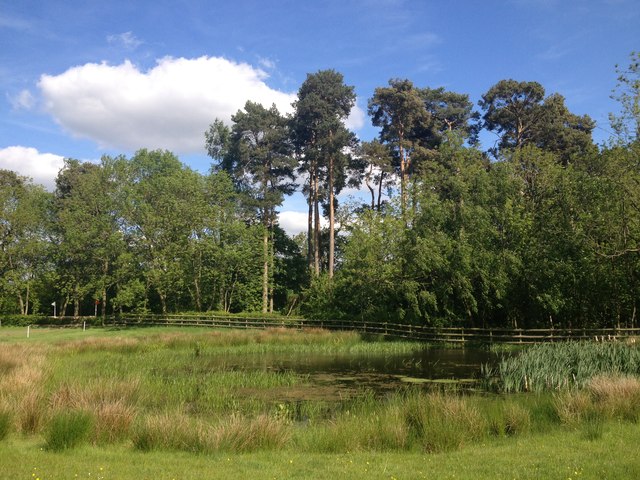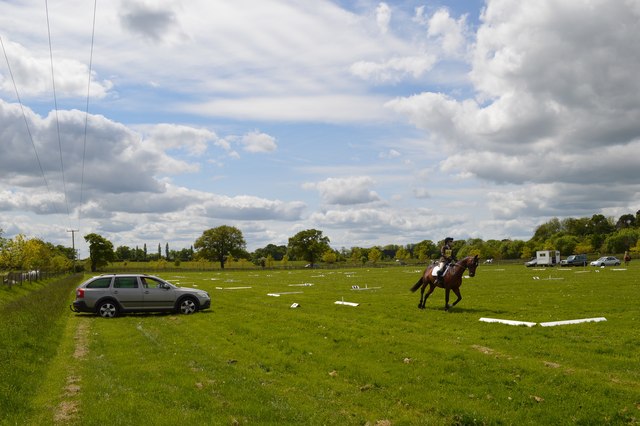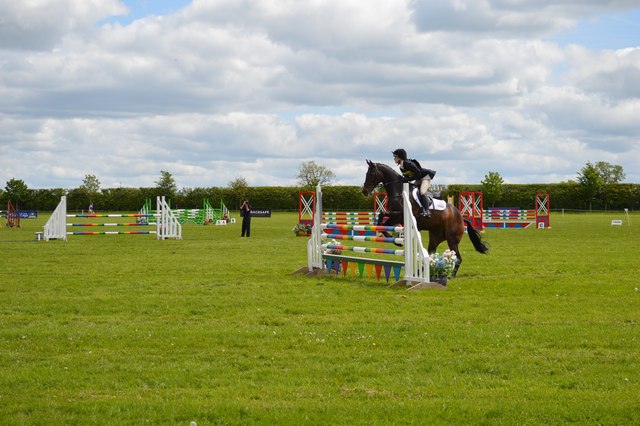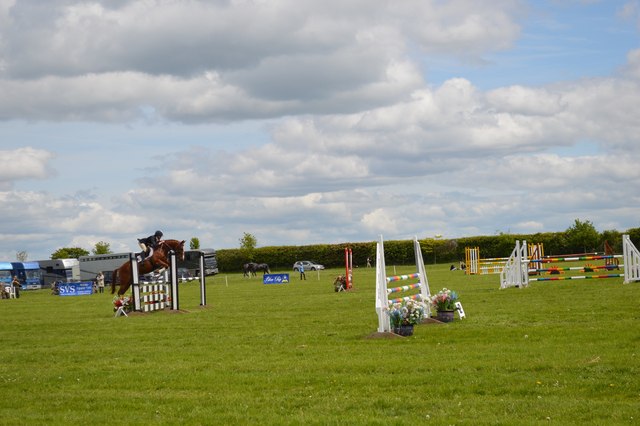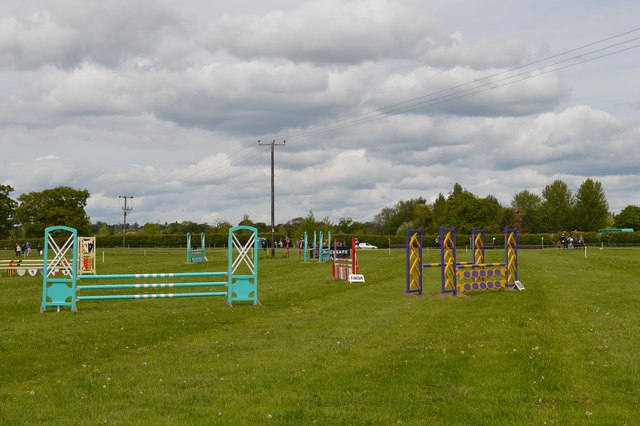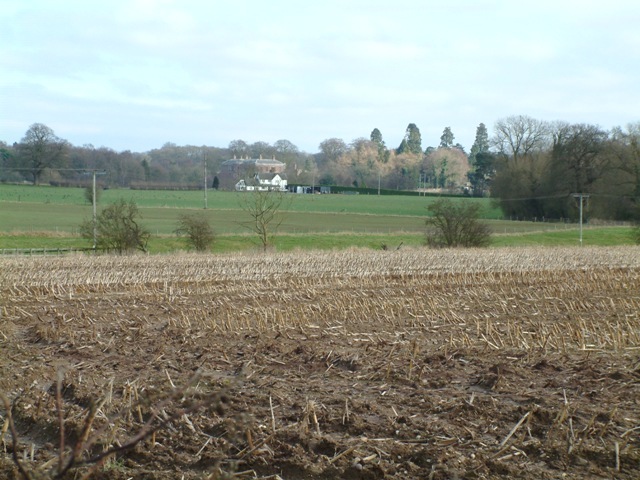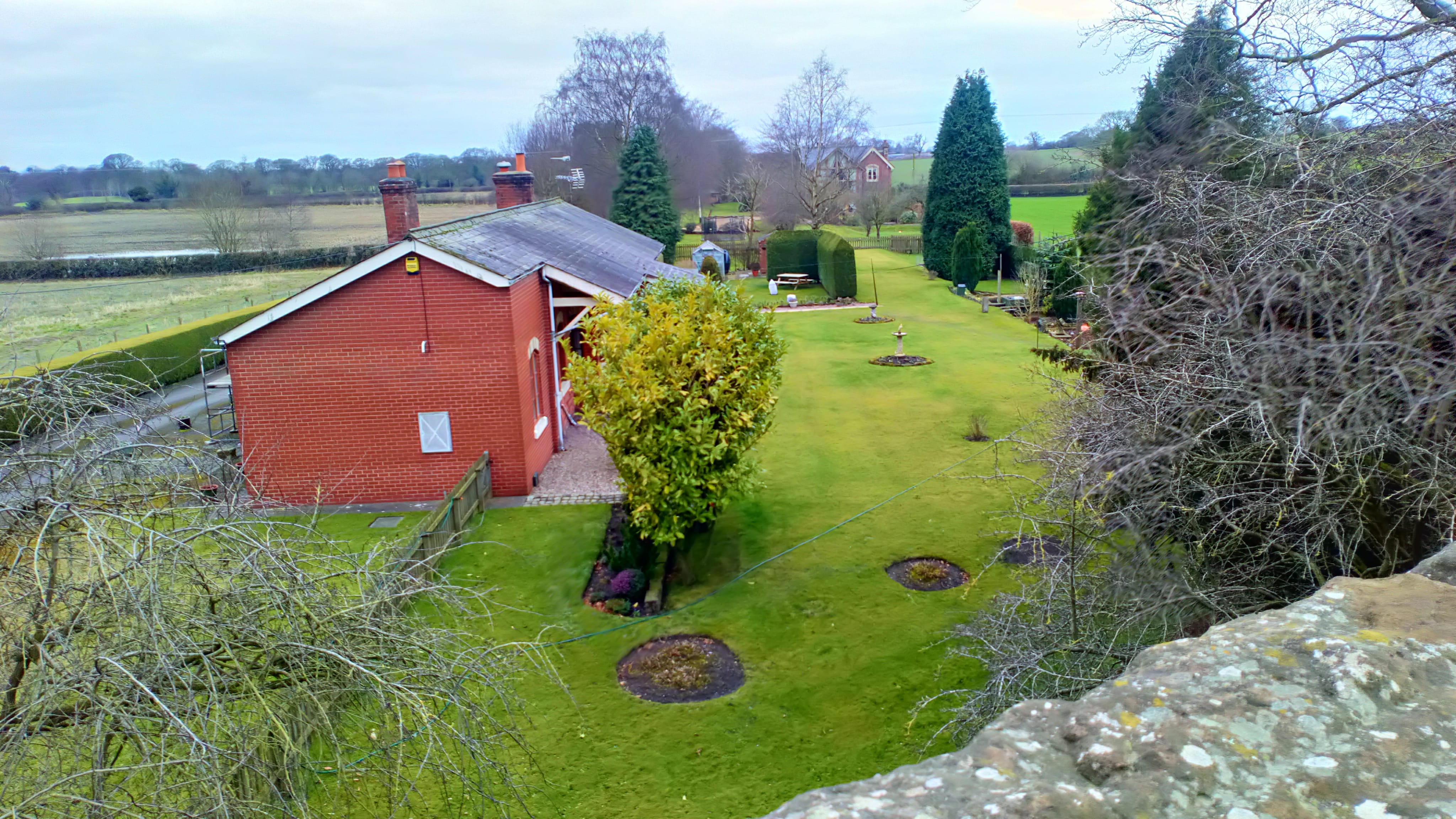Dovepool Wood
Wood, Forest in Shropshire
England
Dovepool Wood
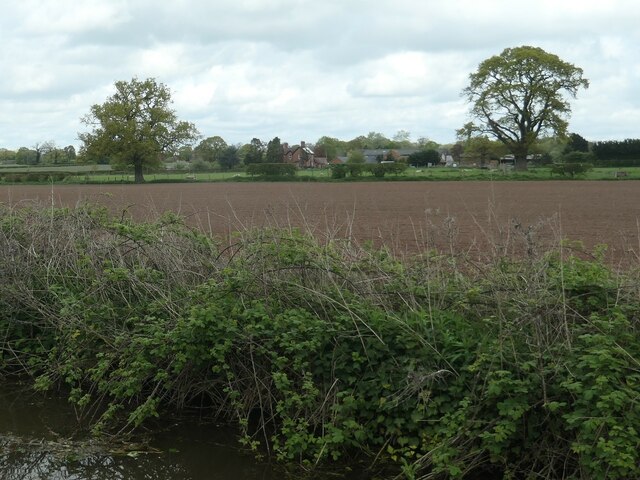
Dovepool Wood is an enchanting woodland located in the county of Shropshire, England. Situated in the heart of the scenic countryside, this forested area covers a vast expanse of approximately 500 acres. It is a cherished natural gem that attracts nature enthusiasts, hikers, and wildlife observers alike.
The wood is primarily composed of a diverse mix of deciduous and coniferous trees, including oak, birch, pine, and beech. This rich variety of tree species creates a captivating tapestry of colors throughout the seasons, from the vibrant greens of spring and summer to the golden hues of autumn. The forest floor is adorned with a lush carpet of ferns, mosses, and wildflowers, adding to its picturesque charm.
Dovepool Wood is crisscrossed by a network of well-maintained trails, making it easily accessible for visitors. These paths offer leisurely strolls or more challenging hikes, taking walkers through hidden glades, babbling brooks, and peaceful meadows. The forest is also home to a diverse range of wildlife, including deer, foxes, badgers, and an array of bird species. Birdwatchers can spot treecreepers, woodpeckers, and the elusive tawny owl amongst the branches.
In addition to its natural beauty, Dovepool Wood boasts a rich history. It has been a protected woodland for centuries and has played a significant role in the local community. The wood has provided timber for construction, firewood, and various other resources throughout the years.
Overall, Dovepool Wood is a captivating destination for nature lovers and outdoor enthusiasts. Its stunning scenery, diverse flora and fauna, and historical significance make it a must-visit location in the idyllic county of Shropshire.
If you have any feedback on the listing, please let us know in the comments section below.
Dovepool Wood Images
Images are sourced within 2km of 52.9258/-2.4554589 or Grid Reference SJ6936. Thanks to Geograph Open Source API. All images are credited.
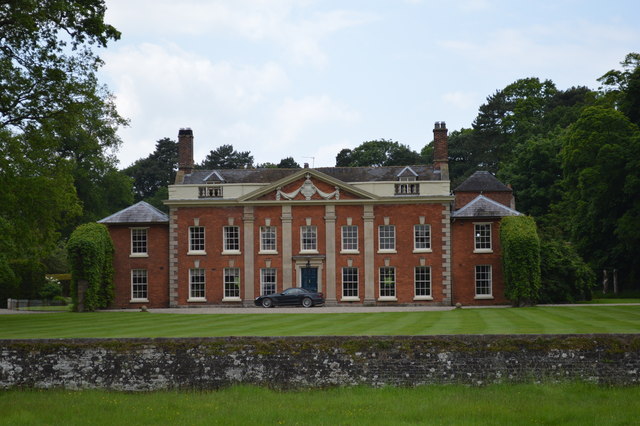
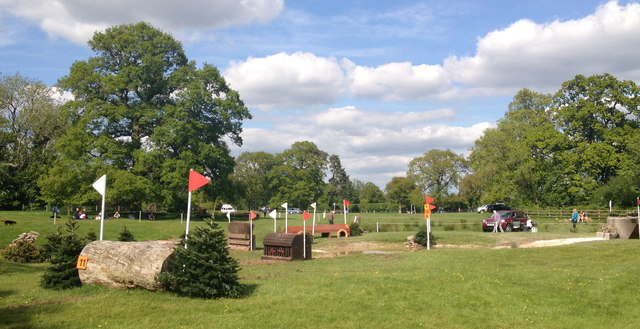
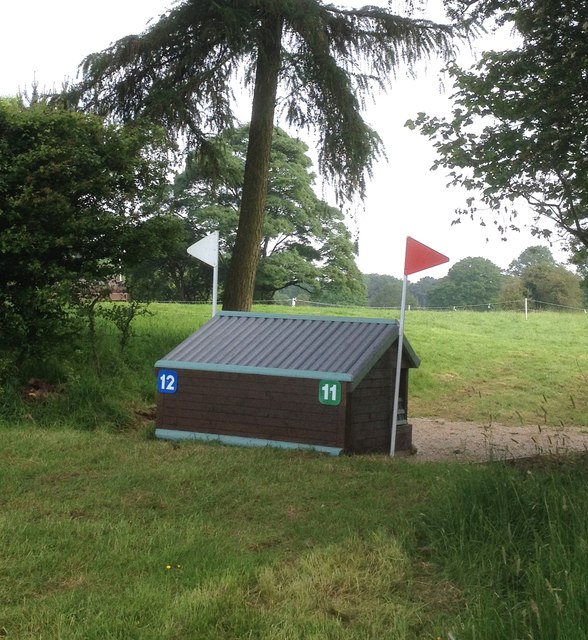
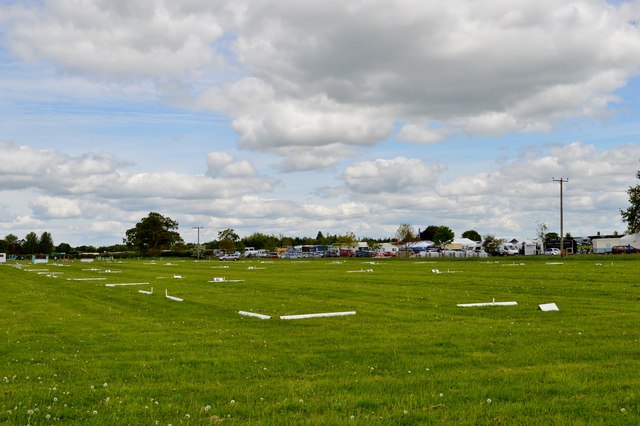
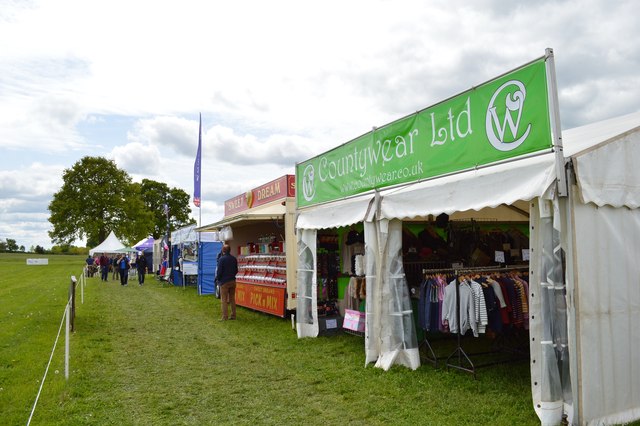
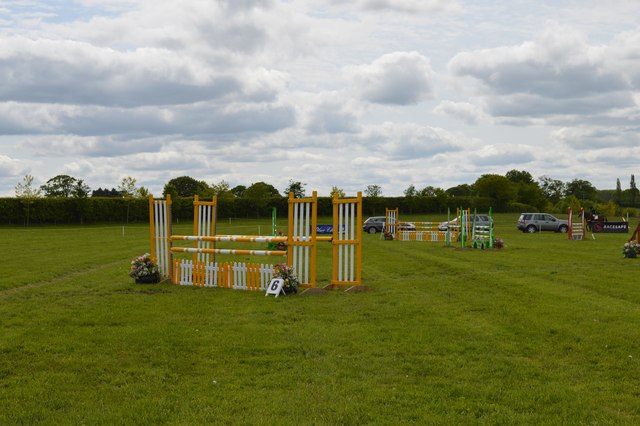
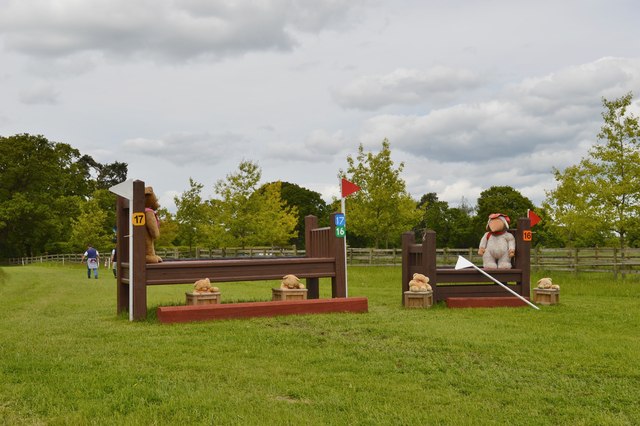
Dovepool Wood is located at Grid Ref: SJ6936 (Lat: 52.9258, Lng: -2.4554589)
Unitary Authority: Shropshire
Police Authority: West Mercia
What 3 Words
///positives.requires.news. Near Market Drayton, Shropshire
Nearby Locations
Related Wikis
Betton, Shropshire
Betton is a hamlet in the civil parish of Norton in Hales, in the Shropshire district, in the county of Shropshire, England.
Oakley Hall, Staffordshire
Oakley Hall is an early 18th century 14,929 sf mansion house at Mucklestone, Staffordshire near to the Shropshire town of Market Drayton. It is a Grade...
Oakley, Staffordshire
Oakley is a hamlet in Staffordshire, England. It is within Mucklestone ward of Loggerheads Parish. Oakley Hall, a former seat of the Chetwode family, is...
Ridgwardine
Ridgwardine is a small hamlet in Shropshire in the civil parish of Norton in Hales. It is made up of Ridgwardine Manor, Upper Farm, and Manor Farm. �...
Birmingham and Liverpool Junction Canal
The Birmingham and Liverpool Junction Canal was a canal in England which ran from Nantwich, where it joined the Chester Canal, to Autherley, where it joined...
Norton in Hales
Norton in Hales is a village and parish in Shropshire, England. It lies on the A53 between the town of Market Drayton and Woore, Shropshire's most northeasterly...
Audley's Cross
Audley's Cross is a cross sited in Blore Heath, Staffordshire to mark the spot on which James Touchet, Lord Audley was killed at the battle of Blore Heath...
Norton-in-Hales railway station
Norton-in-Hales railway station was a station on the North Staffordshire Railway between Stoke-on-Trent and Market Drayton. The station was opened in 1870...
Nearby Amenities
Located within 500m of 52.9258,-2.4554589Have you been to Dovepool Wood?
Leave your review of Dovepool Wood below (or comments, questions and feedback).
